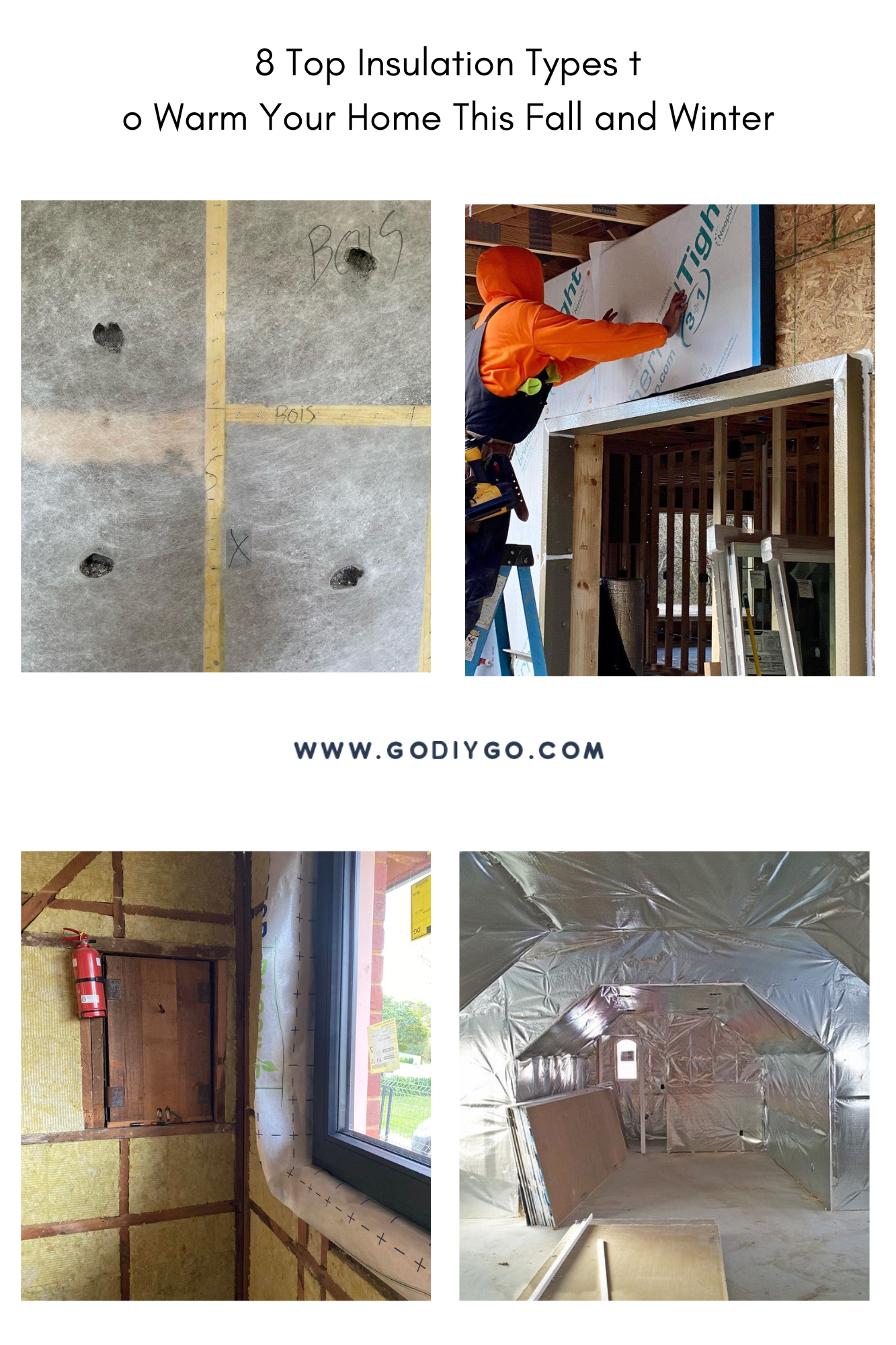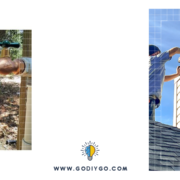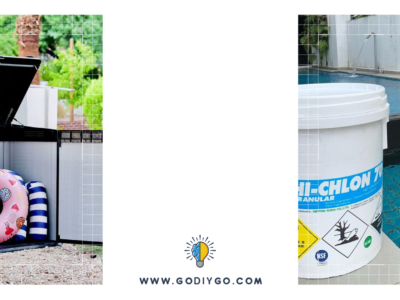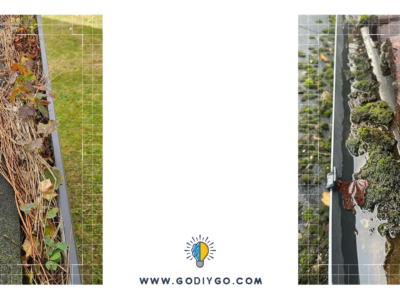As the temperature starts to drop, nothing beats the feeling of walking into a warm, cozy home. But if your house isn’t properly insulated, you might find yourself reaching for blankets and cranking up the heat just to stay comfortable. The good news is that a well-insulated home can save you from the chill, and choosing the right type of insulation will help your home stay warm and energy-efficient throughout the colder months. Let’s dive into some of the best insulation options for fall and winter that will make your home a cozy retreat from the cold.
1. Fiberglass Insulation: The Classic Choice
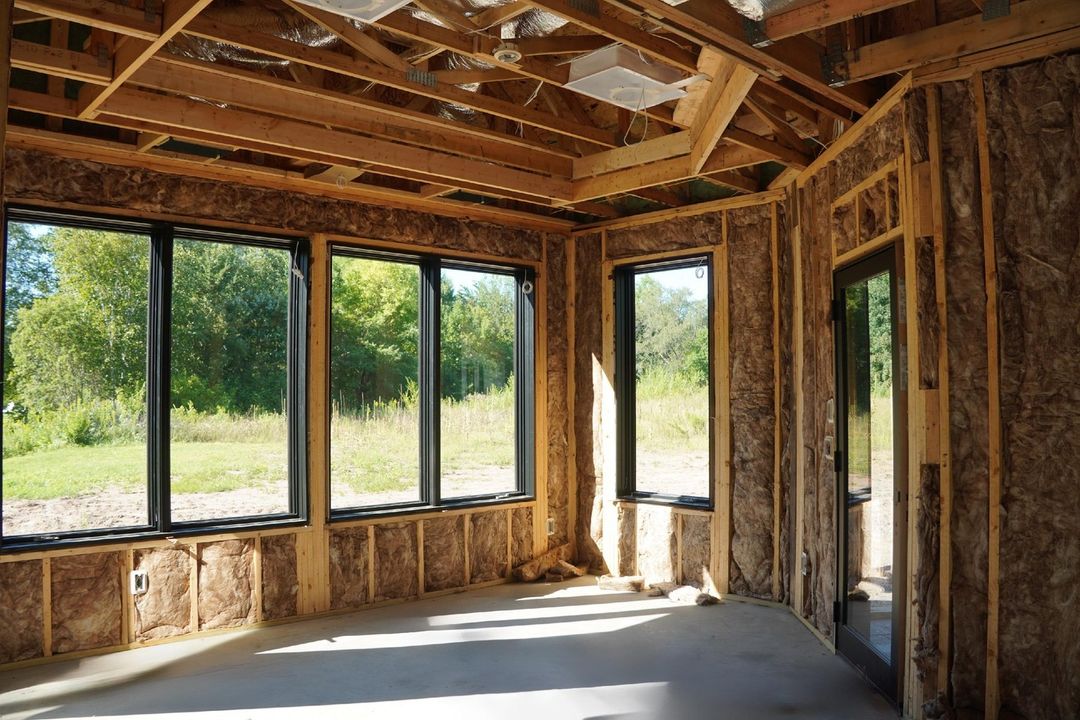
If you think about home insulation, fiberglass is probably the first thing that comes to mind. It’s the most common type, and for good reason. Fiberglass insulation from @ peaksprayfoam
Not only is it budget-friendly, but fiberglass insulation also does an excellent job of keeping the cold air out and the warm air in. It comes in batts or rolls, which can be easily installed in walls, attics, and floors.
Fiberglass traps heat within its fibers, which makes it a reliable choice for most homes. Imagine it as a warm, fluffy sweater for your house, wrapping it up snugly against the chilly weather.
- Best for: Walls, attics, and floors.
- Why it works: Affordable, widely available, and effective at slowing down heat transfer.
2. Spray Foam Insulation: The Seal-It-All Solution
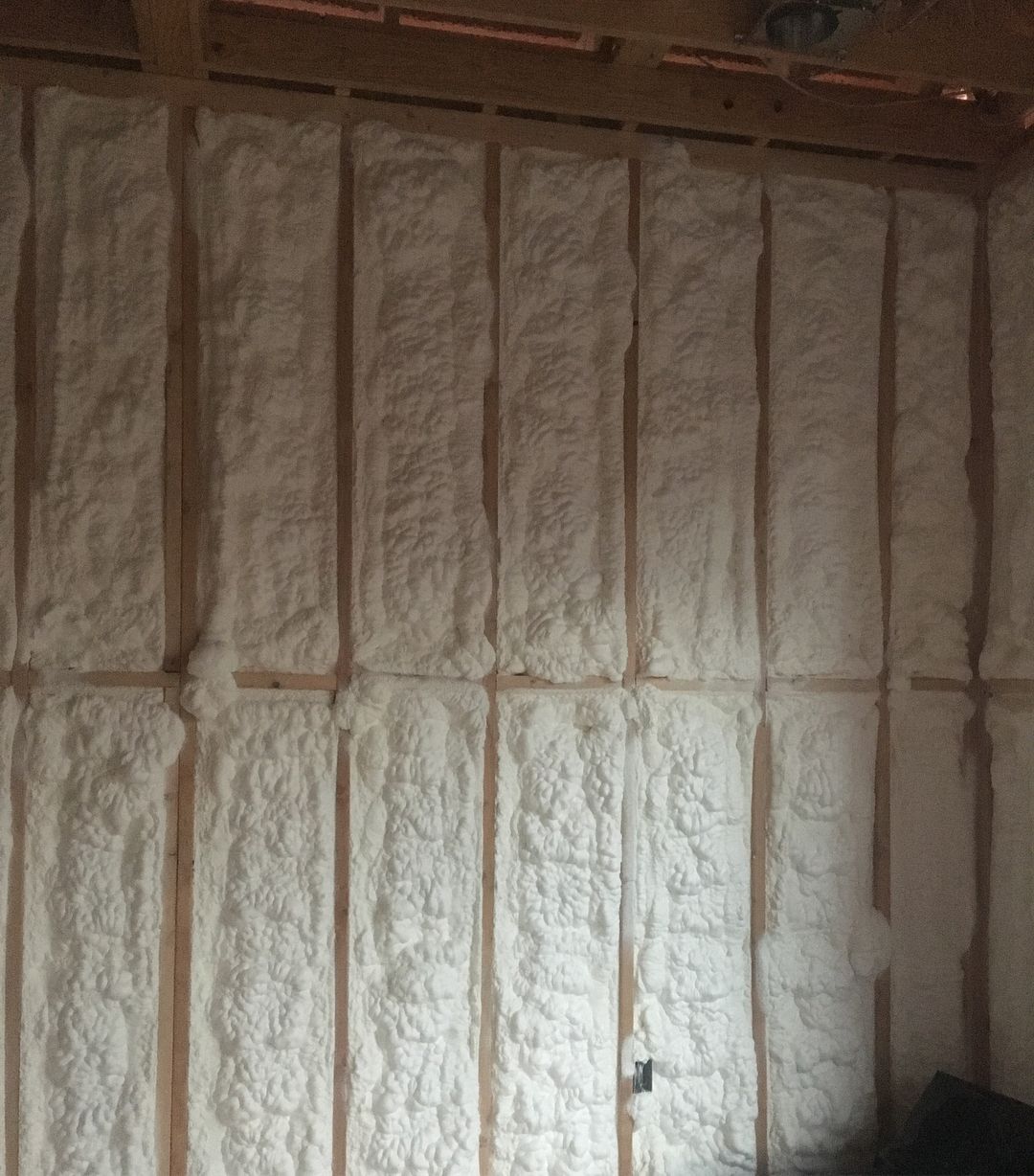
If you’re dealing with drafty spots and pesky little air leaks, spray foam insulation is your new best friend. Home insulation from @ the_hen_homestead
Spray foam insulation does more than just insulate—it seals up cracks and gaps, stopping cold air in its tracks. Spray foam expands as it’s applied, filling every nook and cranny, which means no drafts sneaking in to ruin your cozy vibes.
It comes in two types: open-cell and closed-cell. For fall and winter, closed-cell foam is a winner. It’s denser and provides a higher R-value (which is insulation lingo for how well it resists heat loss).
- Best for: Attics, walls, and crawl spaces.
- Why it works: Fills gaps like no other, keeping the warmth inside and the cold outside.
3. Cellulose Insulation: The Eco-Friendly Option
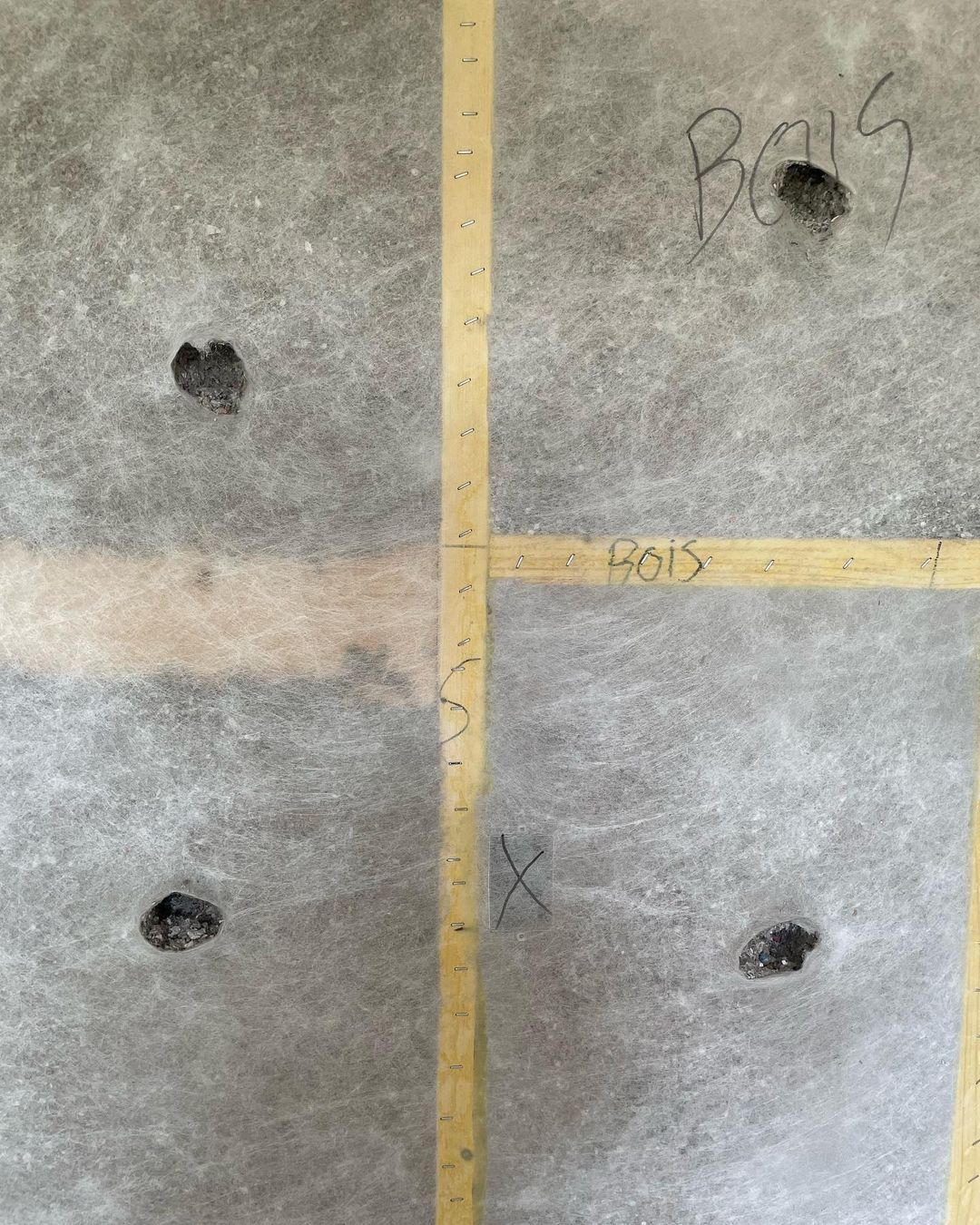
Looking for an environmentally conscious option that doesn’t compromise on performance? Enter cellulose insulation, made from recycled paper. Sound insulating interior walls from @ rocketconstruction
Having cellulose insulation is like giving your house a cozy blanket made from old newspapers, but don’t worry—it’s treated to be fire-resistant. Blown into walls and attics, cellulose creates a dense barrier that does an excellent job of keeping heat where you want it: inside.
What’s more, it’s great for retrofitting older homes because it can fill irregular spaces where traditional insulation might not fit as well.
- Best for: Attics and walls.
- Why it works: Dense, eco-friendly, and perfect for keeping your house warm while being kind to the environment.
4. Rigid Foam Insulation: The Power Player
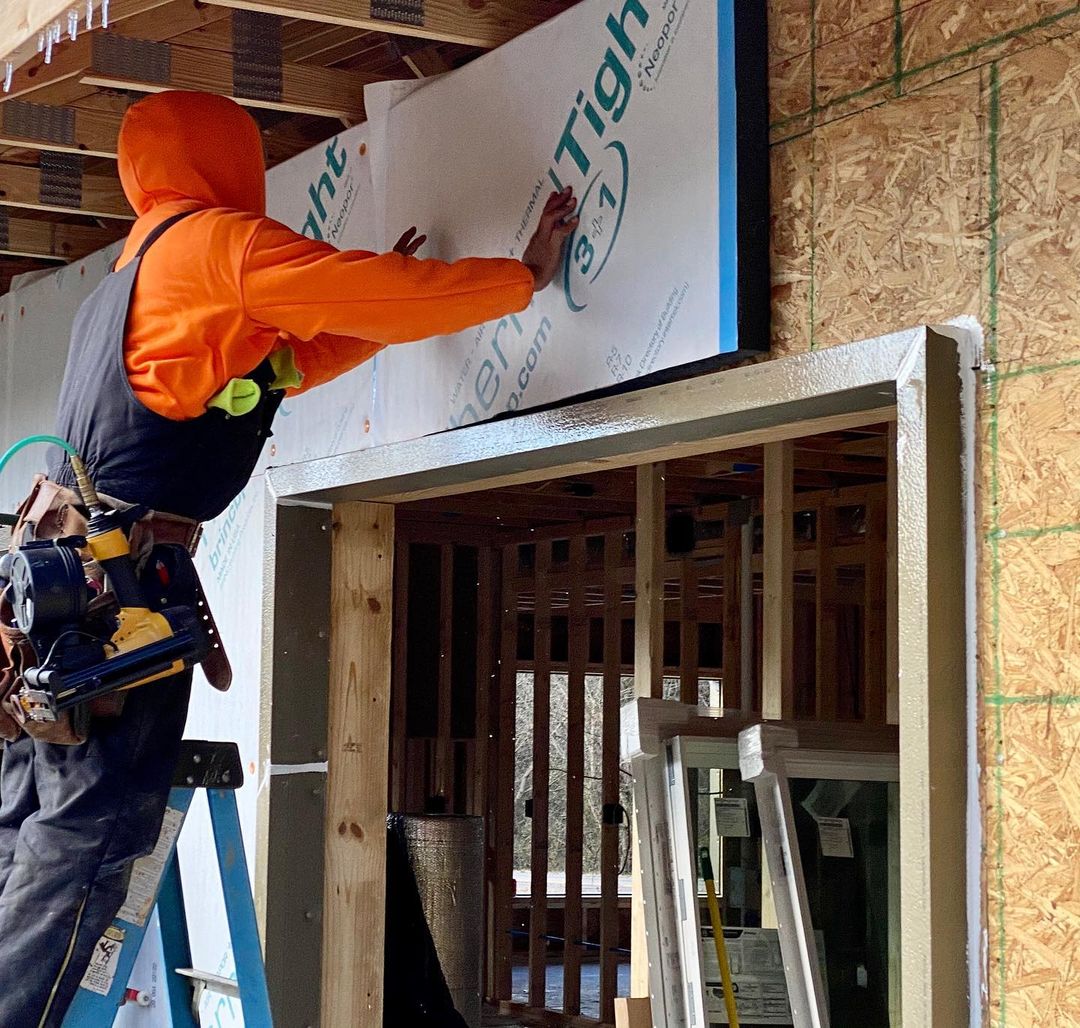
For those hard-to-insulate areas like basements or exterior walls, rigid foam insulation is a solid choice—literally. Rigid insulation from @ brinc.bp
Rigid insulation comes in sturdy panels that can be installed in walls, ceilings, and floors. Its high R-value and moisture resistance make it especially ideal for spaces prone to dampness, like basements or crawl spaces, where cold air tends to creep in.
Think of it as putting armor on your home, protecting it from the cold and dampness that can make winter feel even harsher.
- Best for: Basements, exterior walls, and crawl spaces.
- Why it works: High insulating value, moisture-resistant, and excellent for tough-to-heat areas.
5. Mineral Wool Insulation: Fireproof and Soundproof
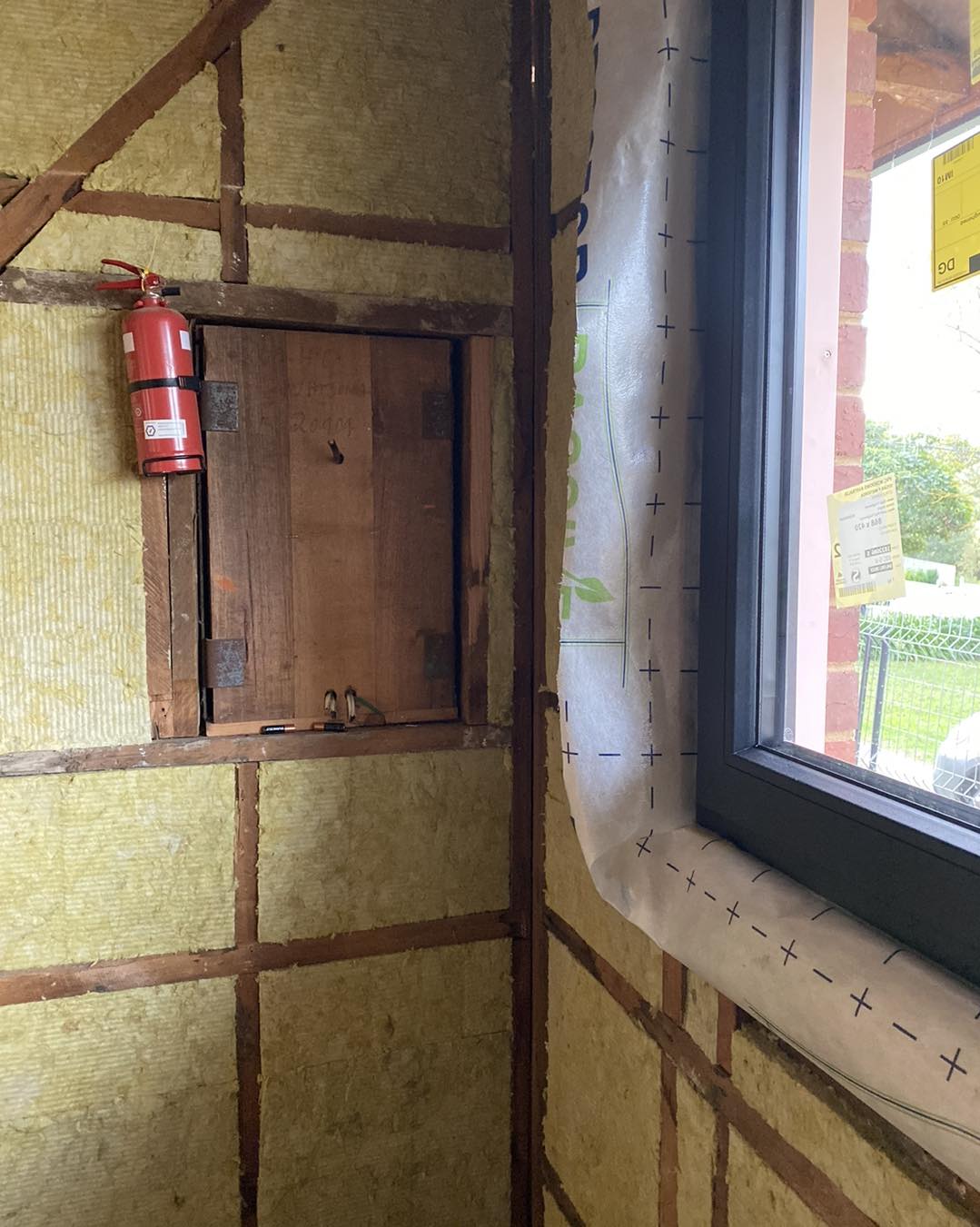
Mineral wool insulation is also great for attics and exterior walls where you want that extra level of protection from both the elements and any noise from outside. Your home will be quieter and cozier—talk about a win-win! Mineral wool insulation from @ alwynprojects
Mineral wool (also known as rock wool) insulation isn’t just great for keeping your house warm—it’s also fire-resistant and an excellent soundproofing option. Made from natural stone fibers, this dense insulation can stand up to extreme temperatures, making it perfect for homes in cold climates.
- Best for: Attics, exterior walls, and basements.
- Why it works: Dense, fire-resistant, and a great insulator for colder weather.
6. Radiant Barrier: Reflect the Cold Away
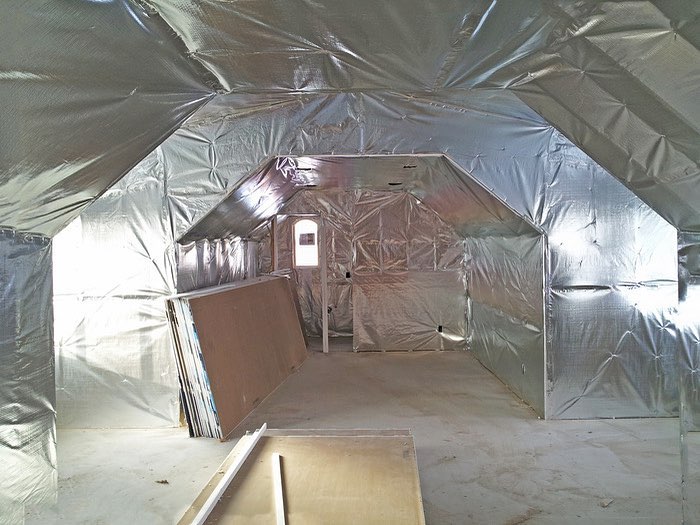
This radiant barrier insulation is like adding a shiny reflective layer in your attic to bounce the warmth back down into your living space. Radiant insulation from @ radiasource
Radiant barriers are a bit different from the rest—they don’t absorb heat, they reflect it. Installed in the attic, a radiant barrier can help keep heat from escaping through the roof, which is especially useful if your winters are on the milder side. It’s not the best option for every climate, but in the right conditions, it can significantly reduce heat loss and keep your home warmer without extra energy use.
- Best for: Attics in mild climates.
- Why it works: Reflects heat back into the home, reducing heat loss through the roof.
7. Cotton (Denim) Insulation: Soft and Sustainable

It might not have the highest R-value, but cotton denim insulation offers decent insulation while being kind to the planet and your indoor air quality. Cotton denim insulation from @ habitatebsvrestore
If you love the idea of wrapping your home in a soft, sustainable material, cotton insulation might be your top pick. Made from recycled denim and cotton fibers, this eco-friendly insulation offers solid thermal protection and is treated for fire resistance. It’s non-toxic and a good alternative to fiberglass, especially if you prefer working with natural materials.
- Best for: Walls and ceilings.
- Why it works: A sustainable and non-toxic alternative to traditional insulation materials.
8. Blown-In Insulation: Get into the Nooks and Crannies
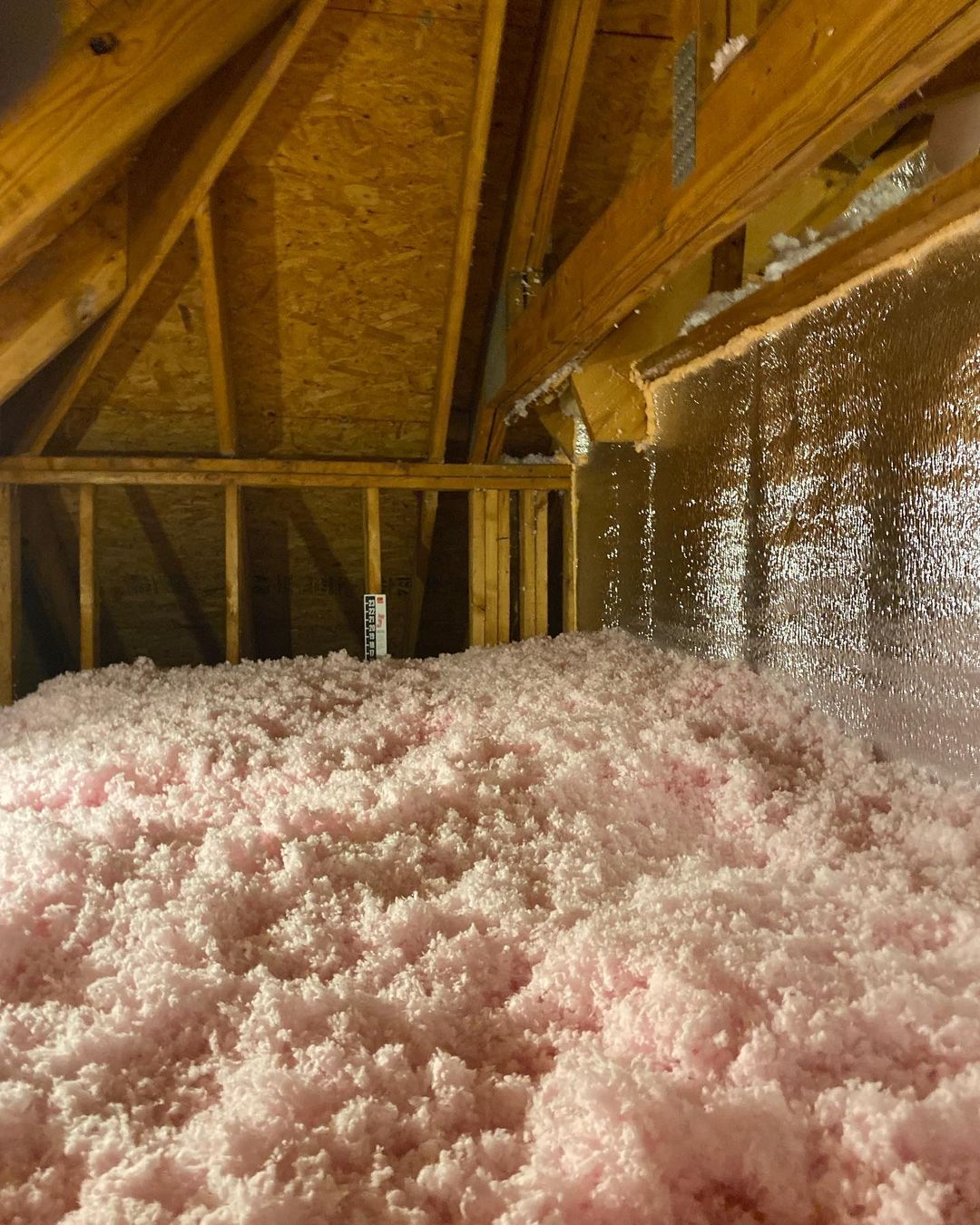
For those hard-to-reach areas in your home, blown-in insulation is an excellent solution. Blown-in insulation from @ positive_energy_nc
Blown-in insulation is perfect for those hard-to-reach areas in your home. Whether you’re looking to top up existing insulation in your attic or fill gaps in your walls, this insulation gets the job done. It’s often made from fiberglass or cellulose and is installed using a blowing machine, which spreads it evenly into spaces where traditional batts can’t go.
It’s a great way to beef up your insulation without a full remodel, especially if you’ve noticed cold spots in certain parts of your home.
- Best for: Attics, walls, and floors.
- Why it works: Fills irregular spaces, ensuring full coverage and eliminating drafts.
When it comes to staying warm in the fall and winter, the right insulation can make all the difference. Whether you go for the affordability of fiberglass, the eco-friendliness of cellulose, or the high performance of spray foam, each type of insulation has its own strengths. Take into account your climate, the areas of your home that need the most attention, and your budget when making your choice.
No matter which you choose, investing in good insulation means a warmer home, lower energy bills, and a much cozier winter season. Stay warm!


